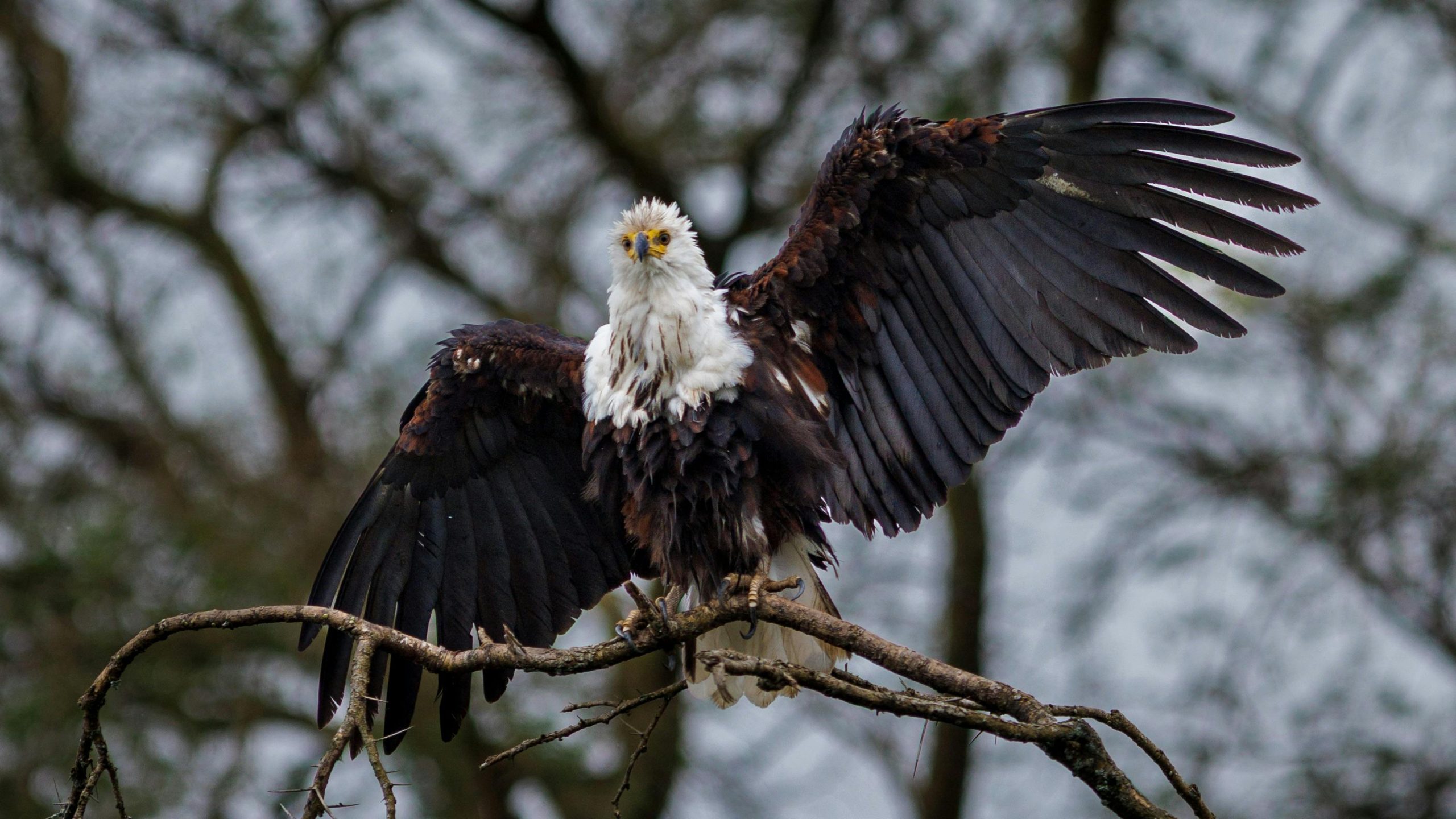
Kalinzu Forest Bird Species
Kalinzu Forest Bird Species
Discover the Avian Wonders of Kalinzu Forest: A Complete Guide to Bird Species in Uganda’s Hidden Gem
Introduction to Kalinzu Forest
Nestled in the verdant landscapes of southwestern Uganda, the Kalinzu Central Forest Reserve is a biodiverse haven teeming with rare flora and fauna. While it’s globally recognized for its chimpanzee tracking experiences, one of its most captivating treasures lies in the treetops—its extraordinary diversity of bird species. With over 378 recorded bird species, Kalinzu Forest is a paradise for ornithologists, birdwatchers, and eco-tourists alike.
This comprehensive guide explores the rich avifauna of Kalinzu Forest, showcasing the unique bird species that call it home, the best times to visit, birdwatching tips, and how this forest contributes to Uganda’s biodiversity. Whether you’re a seasoned birder or a curious traveler, this article will open your eyes to the feathered marvels of one of East Africa’s most enchanting ecosystems.
Why Kalinzu Forest is a Birdwatcher’s Paradise
Unique Ecological Characteristics
Kalinzu Forest lies at an altitude of 1,000–1,500 meters above sea level and spans over 147 square kilometers. It forms part of the Albertine Rift, a region known for its high levels of endemism. The forest’s diverse habitats—ranging from moist evergreen to semi-deciduous woodland—create ideal conditions for a wide variety of bird species.
Rich Avifauna Diversity
With over 378 documented bird species, Kalinzu Forest is considered one of Uganda’s Important Bird Areas (IBAs) by BirdLife International. The forest hosts both resident and migratory birds, including several Albertine Rift endemics and globally threatened species.
Iconic Bird Species in Kalinzu Forest
Below is a curated list of some of the most notable bird species found in Kalinzu Forest. These birds vary in rarity, behavior, and ecological significance.
Albertine Rift Endemics
- Black-and-white-casqued Hornbill (Bycanistes subcylindricus)
- Rwenzori Turaco (Gallirex johnstoni)
- Purple-breasted Sunbird (Nectarinia purpureiventris)
- Dusky Crimsonwing (Cryptospiza jacksoni)
These species are endemic to the Albertine Rift and are rarely found outside this region, making Kalinzu a critical conservation area.
Forest Specialists
- African Emerald Cuckoo (Chrysococcyx cupreus)
- Yellow-rumped Tinkerbird (Pogoniulus bilineatus)
- Great Blue Turaco (Corythaeola cristata)
- Olive-bellied Sunbird (Cinnyris chloropygius)
These birds thrive in dense forest canopies and are often heard before they are seen, thanks to their distinctive calls.
Raptors and Birds of Prey
- African Goshawk (Accipiter tachiro)
- Crowned Eagle (Stephanoaetus coronatus)
- Augur Buzzard (Buteo augur)
These majestic birds dominate the skies and play a vital role in maintaining the forest’s ecological balance.
Migratory Visitors
- European Bee-eater (Merops apiaster)
- Barn Swallow (Hirundo rustica)
- Common Cuckoo (Cuculus canorus)
These species migrate from Europe and Asia during the northern winter, using Kalinzu as a seasonal refuge.
Best Time for Birdwatching in Kalinzu Forest
Seasonal Patterns
The best time to visit Kalinzu Forest for birdwatching is during the dry seasons, which typically occur from:
- December to February
- June to August
During these months, the forest trails are more accessible, and bird activity is heightened due to breeding and feeding behaviors.
Early Morning Advantage
Birds are most active during the early morning hours (6:00 AM to 10:00 AM). This is the optimal time to observe:
- Courtship displays
- Feeding routines
- Vocalizations and territorial behavior
Birdwatching Tips for Kalinzu Forest
To enhance your birdwatching experience, consider the following expert tips:
Essential Gear
- Binoculars (8×42 or 10×42 magnification)
- Field Guide (e.g., “Birds of East Africa” by Terry Stevenson)
- Camera with zoom lens
- Notebook or birding app (eBird, Merlin Bird ID)
Guided Tours
Hiring a local birding guide is highly recommended. These experts are familiar with:
- Bird calls and songs
- Nesting sites
- Seasonal movements
Ethical Birdwatching Practices
- Avoid playback of bird calls excessively
- Maintain a respectful distance
- Do not disturb nesting birds
- Stay on designated trails
Conservation Efforts in Kalinzu Forest
Threats to Birdlife
Despite its ecological importance, Kalinzu Forest faces several threats:
- Deforestation for agriculture and timber
- Poaching of wildlife
- Unregulated tourism
Conservation Initiatives
Several organizations are working to protect Kalinzu’s avifauna:
These groups support:
- Community-based conservation
- Environmental education
- Sustainable tourism practices
How to Get to Kalinzu Forest
Kalinzu Forest is located near the Queen Elizabeth National Park, approximately 375 km from Kampala.
Travel Options
- By road: 6–7 hours drive from Kampala via Mbarara
- By air: Charter flights to Kasese airstrip, followed by a 1-hour drive
Nearby Attractions
- Chimpanzee tracking in Kalinzu
- Game drives in Queen Elizabeth National Park
- Boat safaris on the Kazinga Channel
Birding Itinerary: 3-Day Kalinzu Forest Experience
Day 1: Arrival and Orientation
- Check-in at a nearby eco-lodge
- Evening forest walk
- Introduction to common bird calls
Day 2: Full-Day Birding Tour
- Early morning birdwatching with guide
- Picnic lunch in the forest
- Afternoon session for raptors and forest specialists
Day 3: Migratory Bird Focus
- Visit open woodland edges
- Spot migratory species and sunbirds
- Departure in the afternoon
Frequently Asked Questions (FAQ)
1. What makes Kalinzu Forest unique for birdwatching?
Kalinzu Forest is home to over 378 bird species, including several Albertine Rift endemics and rare forest specialists. Its diverse habitats and altitude make it a hotspot for both resident and migratory birds. Learn more from BirdLife International.
2. Do I need a permit for birdwatching in Kalinzu Forest?
Yes, visitors must pay an entry fee to the Uganda Wildlife Authority. Guided birding tours can be arranged through local tour operators.
3. What is the best time of year to see migratory birds?
Migratory birds are best observed from October to April when species from Europe and Asia arrive in Uganda. Visit eBird for seasonal checklists.
4. Are there accommodations near Kalinzu Forest?
Yes, several eco-lodges and campsites are available near the forest, including:
- Kalinzu Forest Camp
- Queen Elizabeth Bush Lodge
- Enganzi Game Lodge
5. Can I combine birdwatching with other activities?
Absolutely. Kalinzu Forest also offers:
- Chimpanzee tracking
- Nature walks
- Cultural tours with local communities
Conclusion: A Must-Visit Destination for Bird Enthusiasts
Kalinzu Forest is more than just a scenic reserve—it’s a living library of avian biodiversity. Whether you’re chasing the elusive Rwenzori Turaco or marveling at the iridescent sunbirds, every moment spent in this forest is a step into a world of wonder. With its strategic location, rich birdlife, and conservation significance, Kalinzu deserves a top spot on every birder’s bucket list.
For more information on planning your birdwatching trip to Kalinzu Forest, visit the Uganda Tourism Board or consult with certified birding tour operators.
